The Archaic and the Exotic: Studies in the History of Indian Astronomical Instruments
Synopsis
The fifteen papers collected in this volume are related to the author's investigations into the history of astronomical instruments in India. This history, so far untouched by others, is dominated by two currents: on the one hand the resilience of certain archaic instruments that held sway for long, on the other the receptivity of Indian astronomers towards exotic instruments from other cultures. Hence the title: The Archaic and the Exotic.
The first part of the volume seeks to define the context in which the author's studies on Indian instruments are undertaken and emphasizes the need for a combined study of Sanskrit astronomical texts and the extant instruments, besides pictorial depictions of instruments, notably in Mughal miniature paintings.
The astrolabe and the celestial globe are the exotic instruments received enthusiastically in India from the Islamic World. The five papers in part III deal with the history of the astrolabe in India: its promotion by Firuz Shah Tughluq, the dominant role played in its production by a family of instrument makers from Lahore under the patronage of the Mughal rulers, Sanskrit manuals composed on it, and certain individual specimens of Indo-Persian and Sanskrit astrolabes.
The last two papers, comprising part IV, deal with the history of the celestial globe in India and the globes crafted by two seventeenth-century instrument makers.
Read more
The first part of the volume seeks to define the context in which the author's studies on Indian instruments are undertaken and emphasizes the need for a combined study of Sanskrit astronomical texts and the extant instruments, besides pictorial depictions of instruments, notably in Mughal miniature paintings.
The astrolabe and the celestial globe are the exotic instruments received enthusiastically in India from the Islamic World. The five papers in part III deal with the history of the astrolabe in India: its promotion by Firuz Shah Tughluq, the dominant role played in its production by a family of instrument makers from Lahore under the patronage of the Mughal rulers, Sanskrit manuals composed on it, and certain individual specimens of Indo-Persian and Sanskrit astrolabes.
The last two papers, comprising part IV, deal with the history of the celestial globe in India and the globes crafted by two seventeenth-century instrument makers.
39.60
35.64
$
44.00 $
Free delivery Wolrdwidе in 10-18 days
Ships in 1-2 days from New Delhi
Membership for 1 Year $35.00
Get it now and save 10%
Get it now and save 10%
BECOME A MEMBER
Books by the same author

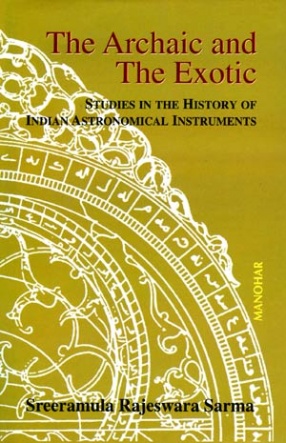
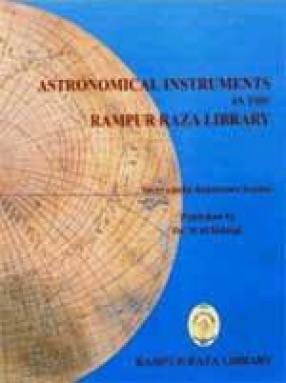
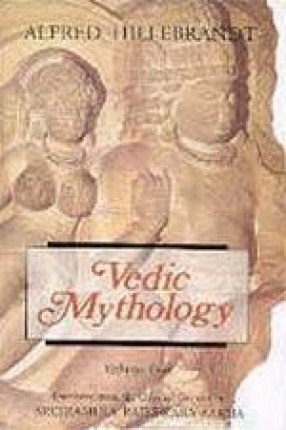
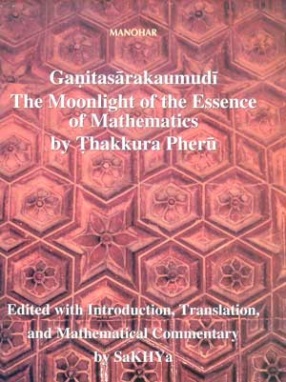
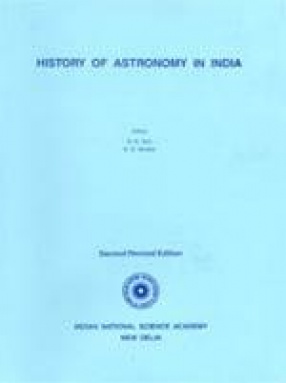
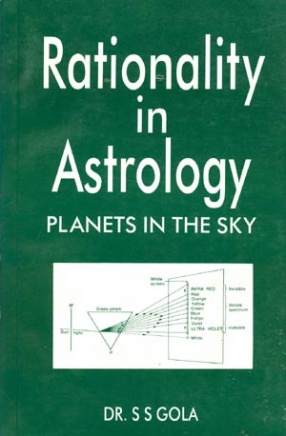
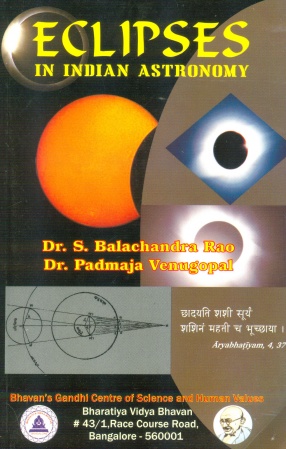
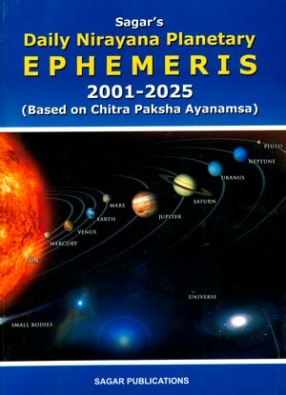

Bibliographic information